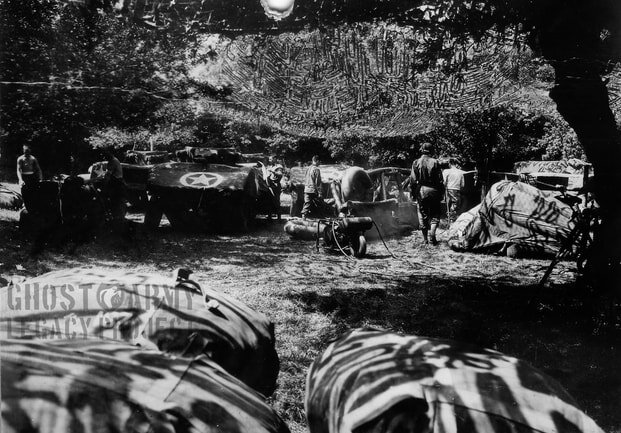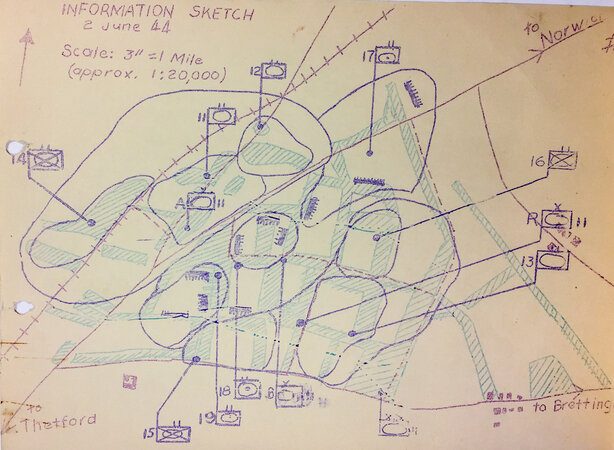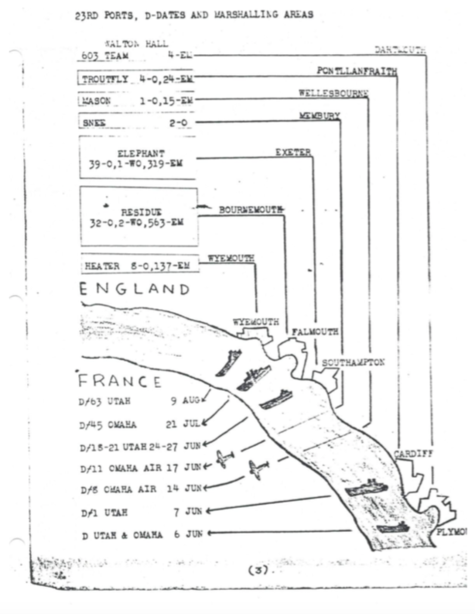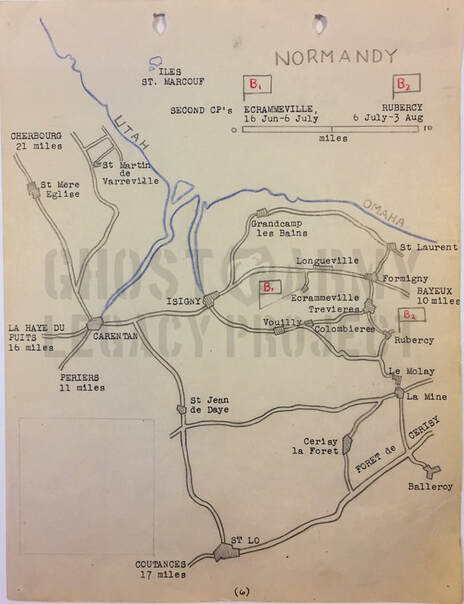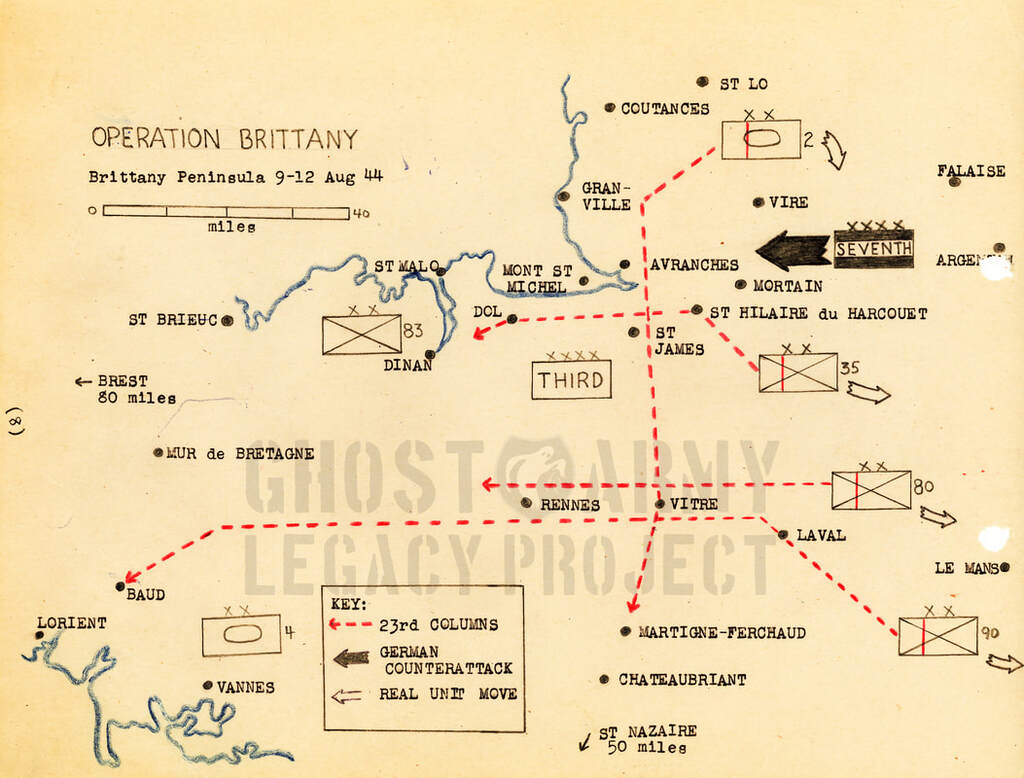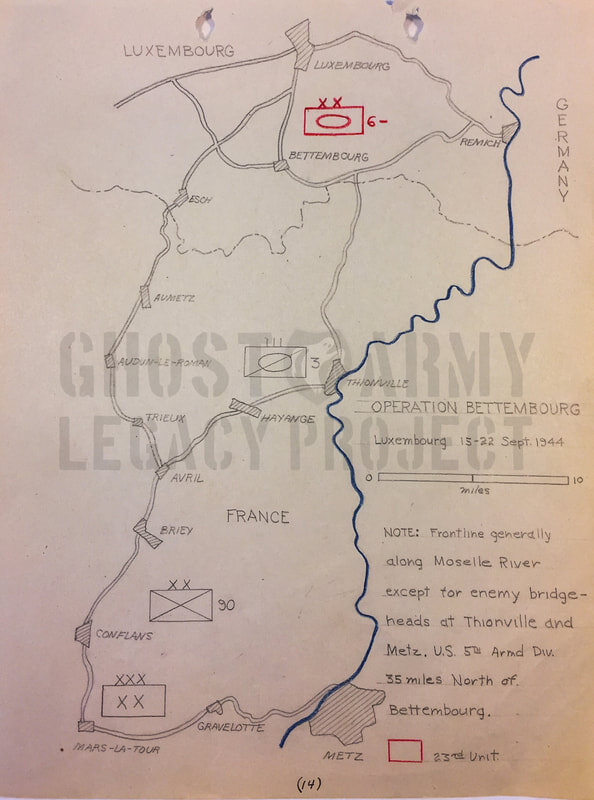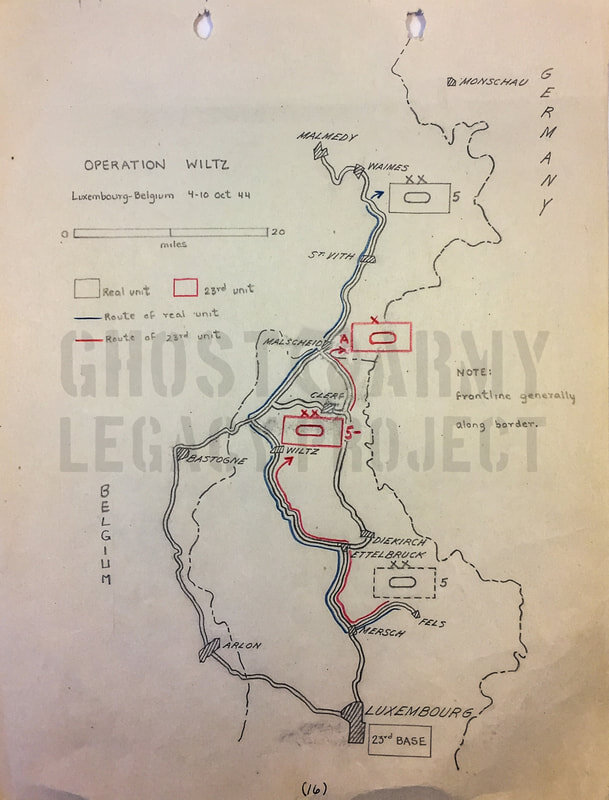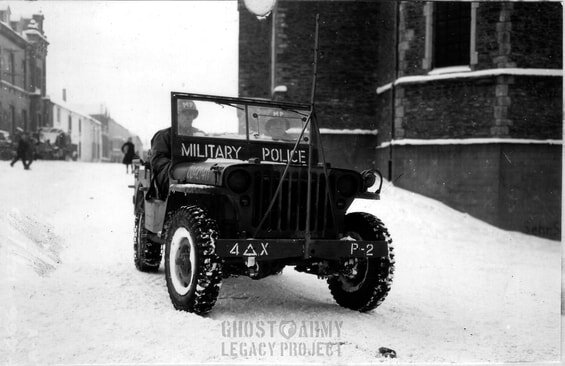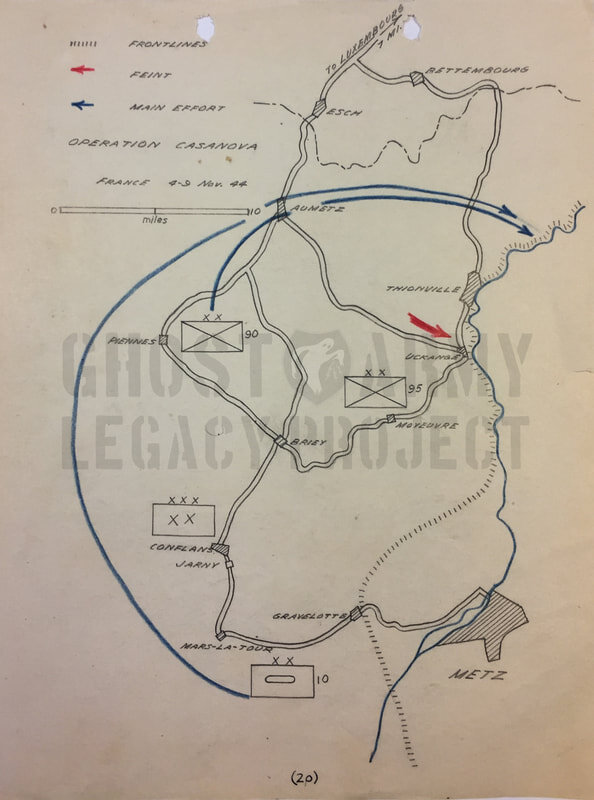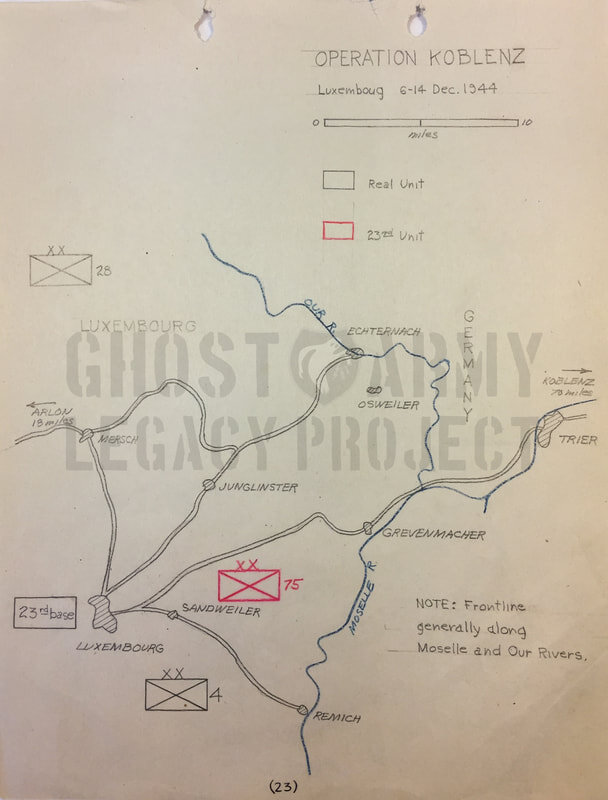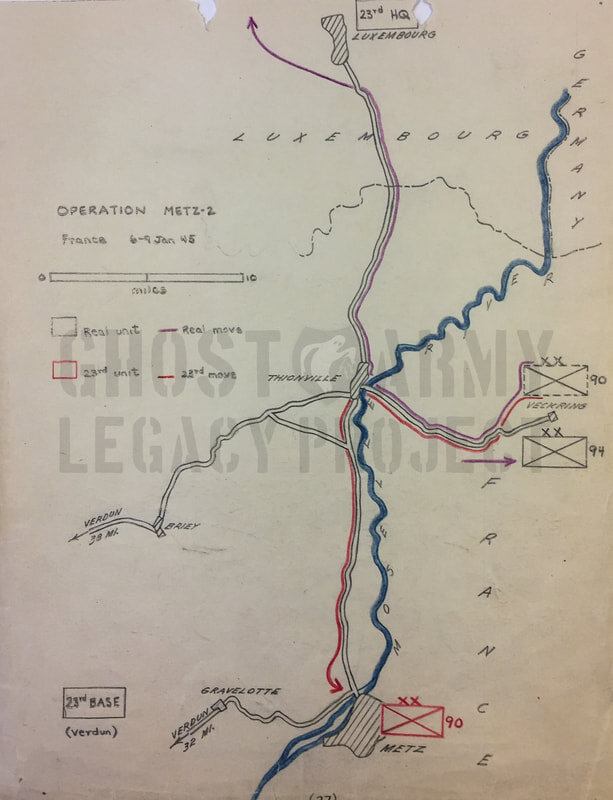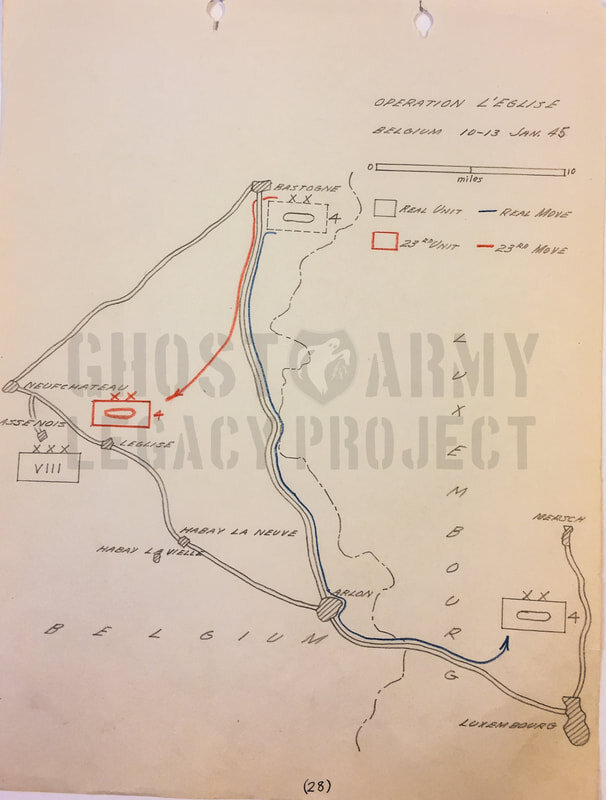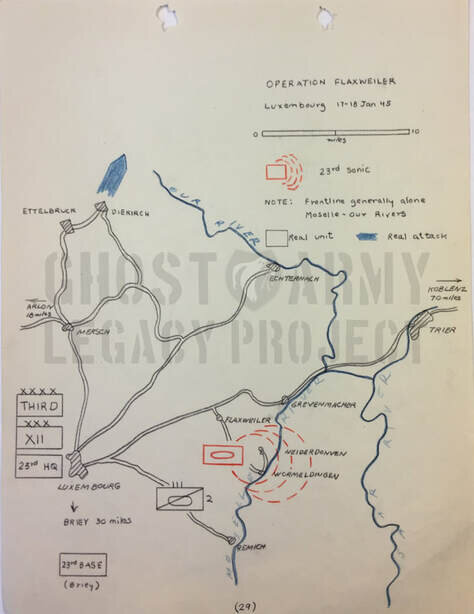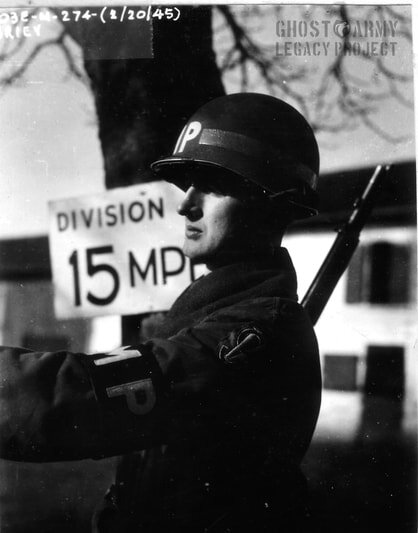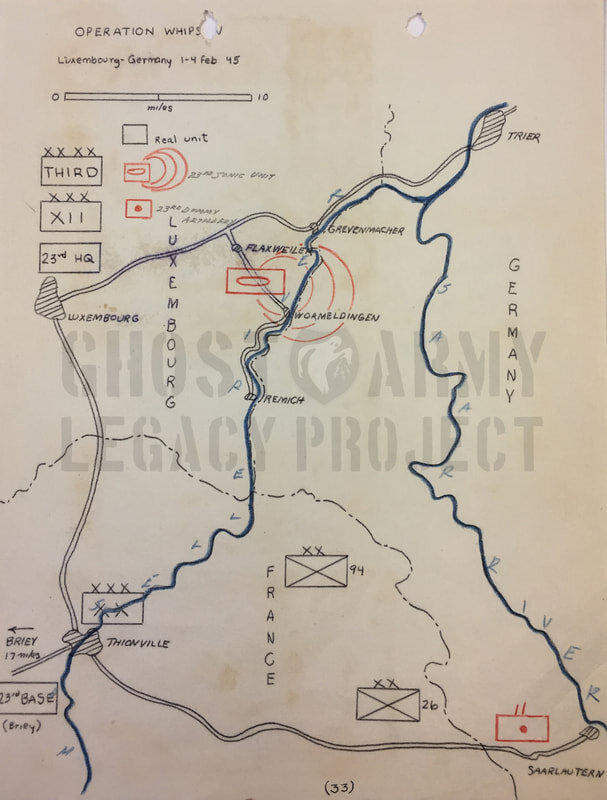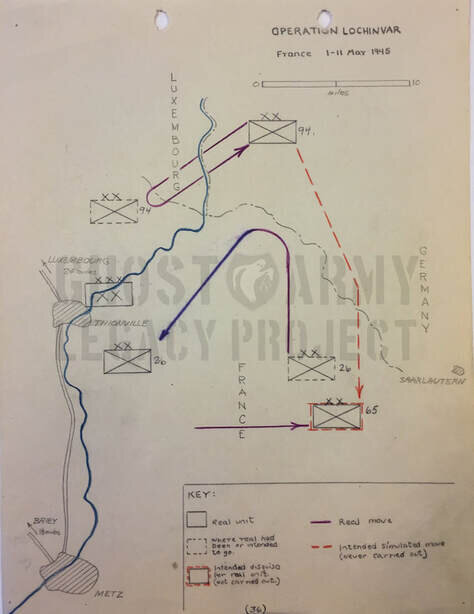Official History of the 23rd
OFFICIAL HISTORY of the 23rd Headquarters Special Troops
Introduction by Rick Beyer
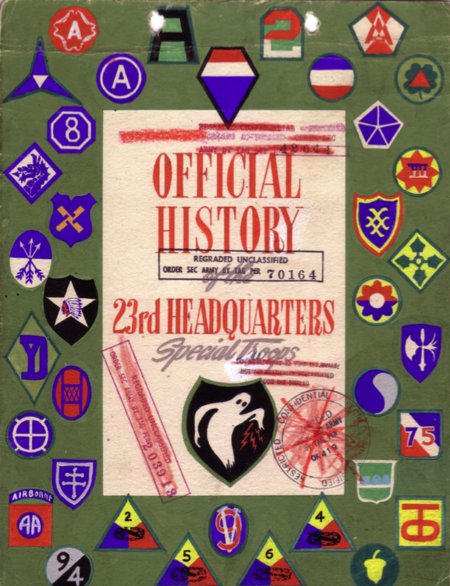
The Official History of the 23rd Headquarters Special Troops was written in September 1945 by Captain Fred Fox. It is the most important primary source documenting activities of the unit. The original document was declassified in 1996, and is now held by the National Archives. It can be found in the Archives II, College Park, Maryland. Along with other records of the unit, it can be located using this reference information:
Record Group 407 SPHQ-23
Entry 427 – WWII
Stack Area 270 Row 64 Compartment 24 Shelf 6 Boxes 18481-18483
Author Fred Fox was a 1939 graduate of Princeton who served as an officer in the unit, and was instrumental in developing “Special Effects.” He later went on to become a minister, a freelance writer for the New York Times Magazine, a White House staffer in the Eisenhower Administration, and the recorder of gifts at Princeton.
The text here has been faithfully reproduced from the original. The maps and photos all appear in the original as well, though some appear in slightly different locations. Watermarks have been added by the Ghost Army Legacy Project. If you are interested in reproducing a photo without the watermark, please contact us at office@ghostarmy.org.
This web version of the Official History was prepared in 2018. An electronic transcript of the document created in the early 2000’s was checked against a Xerox copy of the original and edited to insure accuracy. Any links that appear have been added by the Ghost Army Legacy Project to provide context and additional information.
